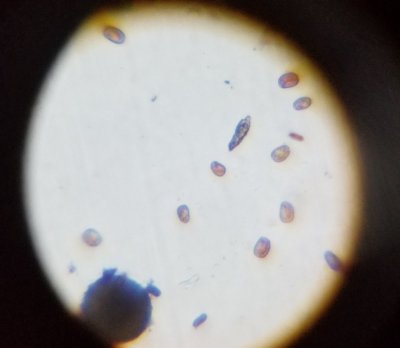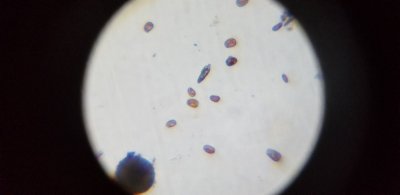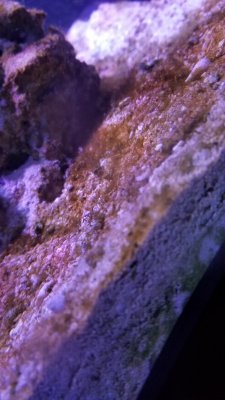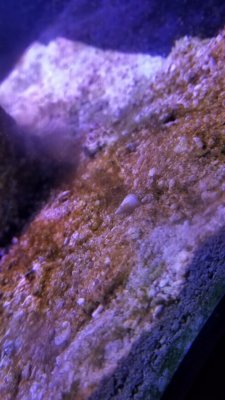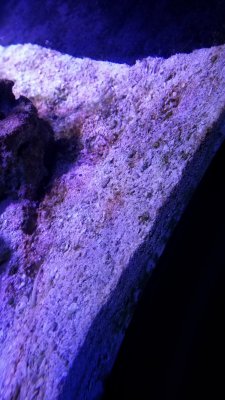- Joined
- May 22, 2016
- Messages
- 6,542
- Reaction score
- 10,099
Ostreopsis. That's the only thing of concern here that I see.Could someone help me identify these dinos? I may have several types of algae's going on.
Nope! These are prorocentrum. Tougher to get into the water than ostreopsis. Short blackout blasting with turkey baster can help get these into the water to be killed by UV.looks like Ostreopsis to me, can please some members here confirm that? I would really much appreciate it.





